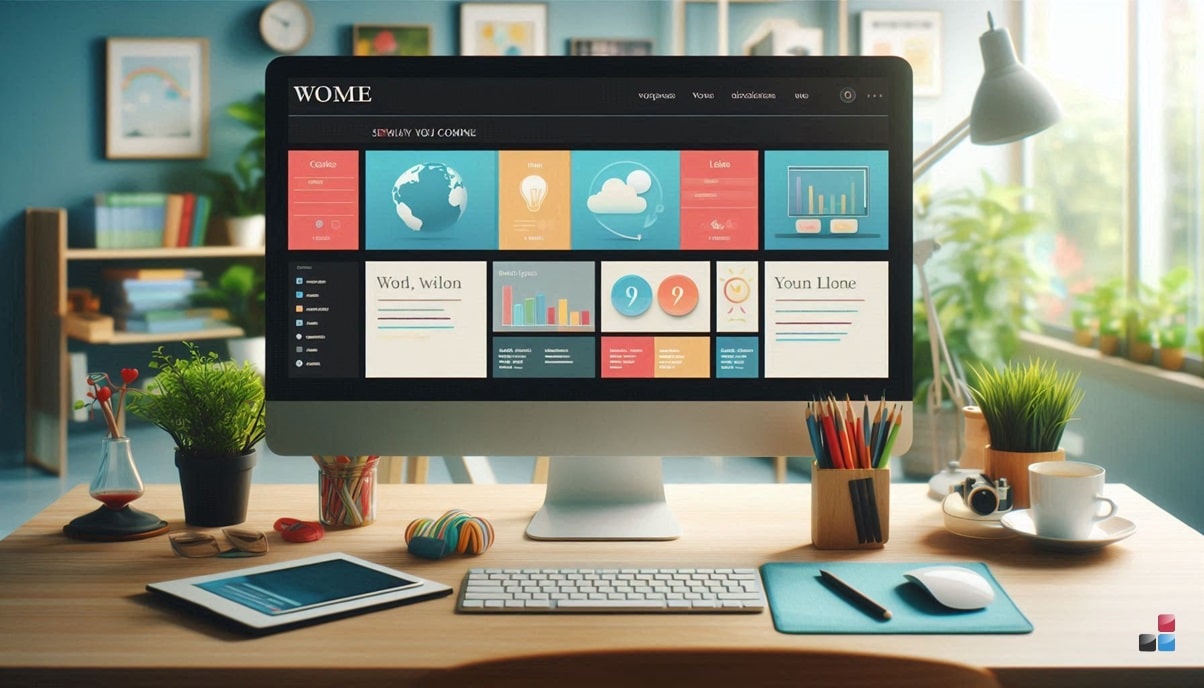Categorization of your content
Almost every website has written content that serves to inform, persuade or entertain. It doesn't matter if it's a business website for selling car parts or a personal travel blog you write for your family.
Written content is and will remain an essential part of websites and the internet in general. That role is increasingly being shared with content in video format, but that doesn't mean written content is losing its place. In this blog post, we take a look at how to categorize this written content and how best to set it up on your website.
Use logical names for it
Logical names for categories are one of the most important things to keep in mind when you start setting them up. For example, choose a general category name like "Recipes" and not "The most delicious dishes from the Netherlands". If you want, you can always create a sub-category which is then structured as follows: "Recipes/Dutch".
This way, your visitors can easily recognize where they are on your website and find more content on this topic. Also make sure that the category names match your website. A website whose main topic is cars and car parts will not add much value if you also create content about recipes. In almost all cases, it is advisable to stay within the main theme of your website; if you want to write about a completely different topic, it is often better to choose a new domain name with a new website. Did you know that with ourSSD hosting packages you already have space for 5 domain names? All you have to do is pay the registration fee for the domain name.
Limit the number of categories
It is of course tempting to create a new category for each topic, but it is advisable to limit this to a maximum of 5 to 10 categories. With more than one category, there is a risk that this will be detrimental to clarity. The path that visitors have to take to find the content that interests them should be as short as possible. And very few visitors will search and browse through categories. If necessary, it is better to create another subcategory that subdivides the main topic.
Include the category name in the URL yes or no
An important question when using categories is whether you want to include them in the URL of your website. The following considerations can be made:
Advantages:
Improved relevance and context The category name in the URL gives search engines additional context about what the page is about.
This allows them to better assess the relevance of the page and rank it higher for related search queries. It also makes the URL more descriptive and user-friendly for visitors, which can increase the click-through rate. Better organized URL structure By including the category in the URL, you create a clear hierarchy and structure on your website.
User-friendly and SEO-friendly URLs URLs that are descriptive and readable are seen as more trustworthy by users and can generate more clicks. A URL like domain.com/blog/receptions/healthy-smoothies is more intuitive and appealing than domain.com/blog/post123.
Disadvantages:
Risk when changing category names If you later change the name of a category, the URL structure will also change, which can lead to broken links or a loss of SEO value built up. This problem can be solved by setting up 301 redirects, but this is an extra effort and can still have an impact on SEO. Avoid structures that are too deep Make sure that the URL structure does not become too deep. Use a maximum of one or two levels in the URL, such as domain.com/category/message.
Too many levels can lead to longer and less user-friendly URLs. A URL structure that is too complex can be confusing for both search engines and users. Not always necessary for small websites For small websites with a limited number of pages and a simple structure, the inclusion of categories in the URL may be less important.
A flat structure such as domain.nl/message may be sufficient. Keep this in mind and make this decision as soon as possible after launching your website, because subsequent changes can be a time-consuming process that can also affect your findability on Google.
Avoid duplicate content
What should be avoided at all costs is the creation of duplicate content on your website. Adding the post to multiple categories can cause this once you include the category in the URL structure of your website. As a result, the post loses its value and is classified as inferior.
If you do not include the category in the URL, this risk is lower, as the URL remains the same for both categories.
In most cases, however, it is better not to place a post or page under several categories. How do you categorize your content on your website? Let us know via social media! Check out our blog for more tips on website creation and hosting.
